

Portland
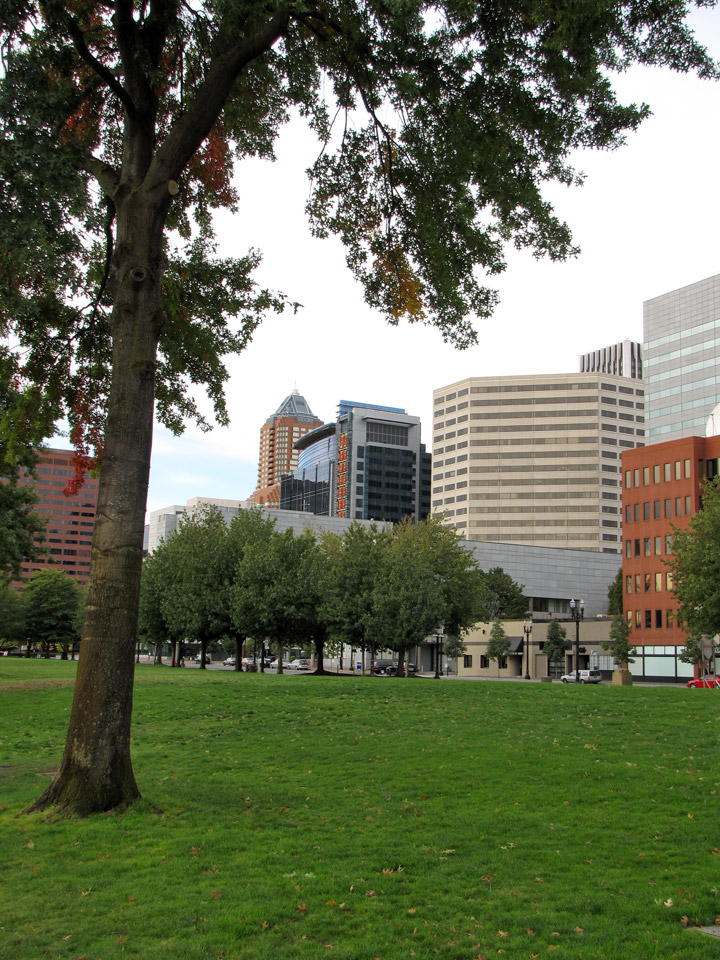
Portland
Portland is a city located in the Northwestern United States, near the confluence of the Willamette and Columbia rivers in the state of Oregon. As of July 2008, it has an estimated population of 575,930, making it the 29th most populous in the United States. It has been referred to as the most environmentally friendly or "green" city in the United States, and the 2nd most in the world. Portland is Oregon's most populous city, and the third most populous city in the Pacific Northwest, after Vancouver, British Columbia, and Seattle, Washington. Approximately two million people live in the Portland metropolitan area (MSA), the 23rd most populous in the United States as of July 2006.
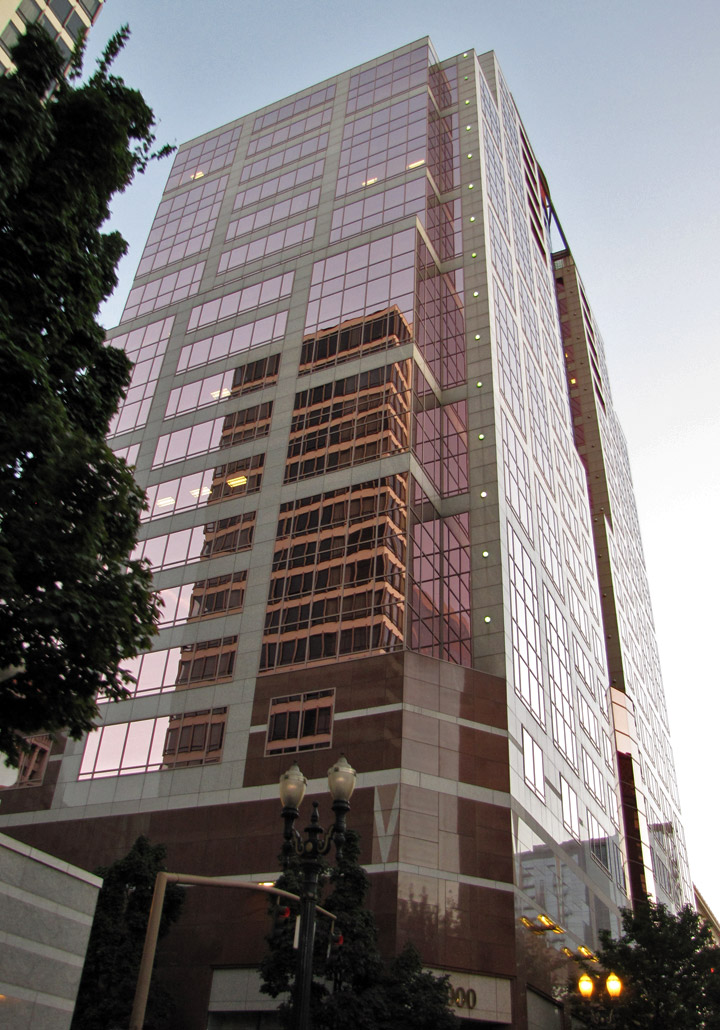
More Photos of Portland Architecture
Portland was incorporated in 1851 and is the county seat of Multnomah County.
The city extends slightly into Washington County to the west and Clackamas
County to the south. It is governed by a commission-based government headed by a
mayor and four other commissioners.
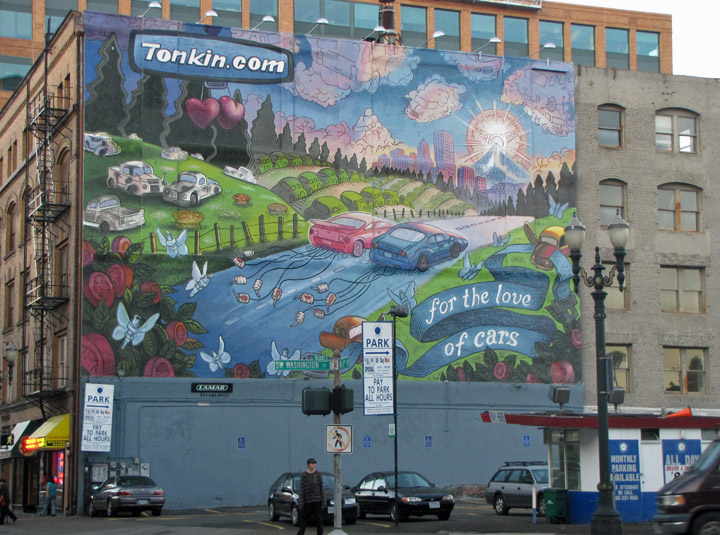
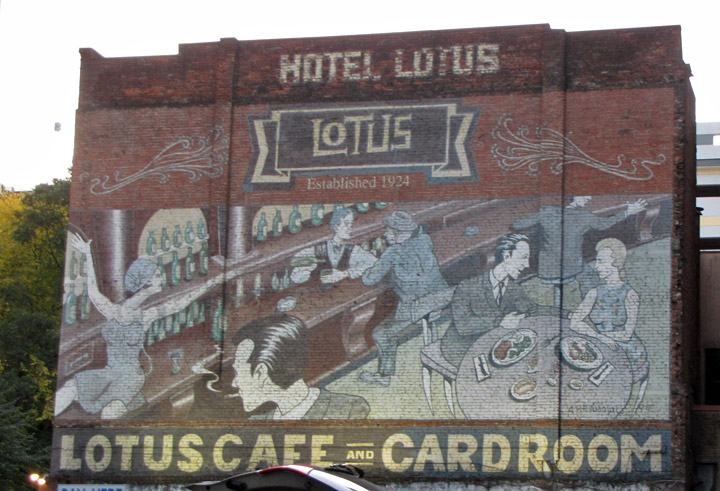
The city and region are noted for strong land-use planning and investment in
light rail, supported by Metro, a distinctive regional-government. Portland is
known for its large number of microbreweries and microdistilleries, and its
coffee fanaticism. It is also the home of the Trail Blazers NBA basketball team.
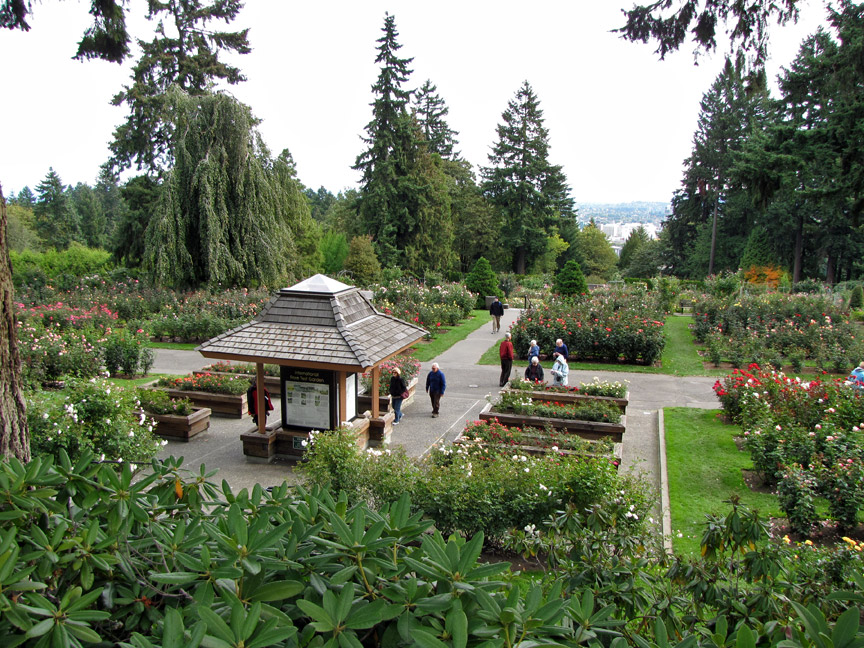
International Rose Test Garden
Portland lies in the Marine west coast climate region, marked by warm, dry summers and rainy but temperate winters. This climate is ideal for growing roses, and for more than a century, Portland has been known as "The City of Roses" with many rose gardens—most prominently the International Rose Test Garden.
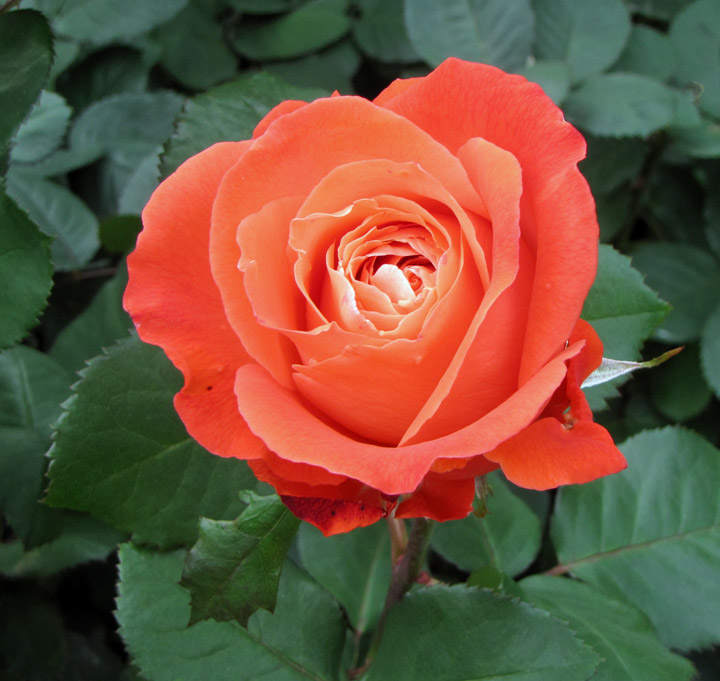
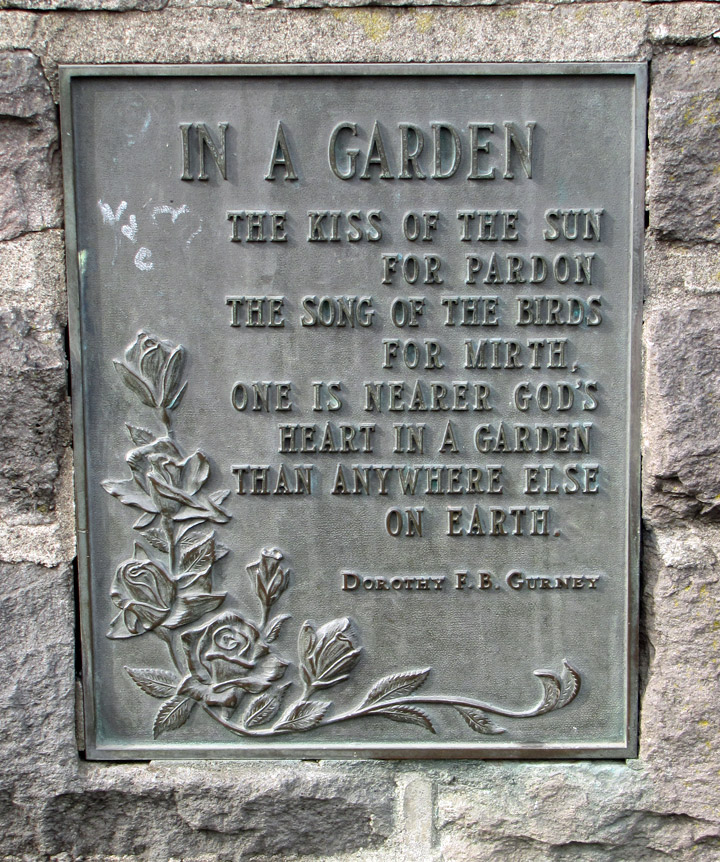
Portland started as a spot known as "the clearing," which was on the banks of
the Willamette about halfway between Oregon City and Fort Vancouver. In 1843,
William Overton saw great commercial potential for this land but lacked the
funds required to file a land claim. He struck a bargain with his partner Asa
Lovejoy of Boston, Massachusetts: for 25˘, Overton would share his claim to the
640 acre (2.6 km˛) site. Overton later sold his half of the claim to Francis W.
Pettygrove of Portland, Maine. Pettygrove and Lovejoy each wished to name the
new city after his respective home town; this was decided with a coin toss,
which Pettygrove won in a series of two out of three tosses. The coin used for
this decision, now known as the Portland Penny, is on display in the
headquarters of the Oregon Historical Society.
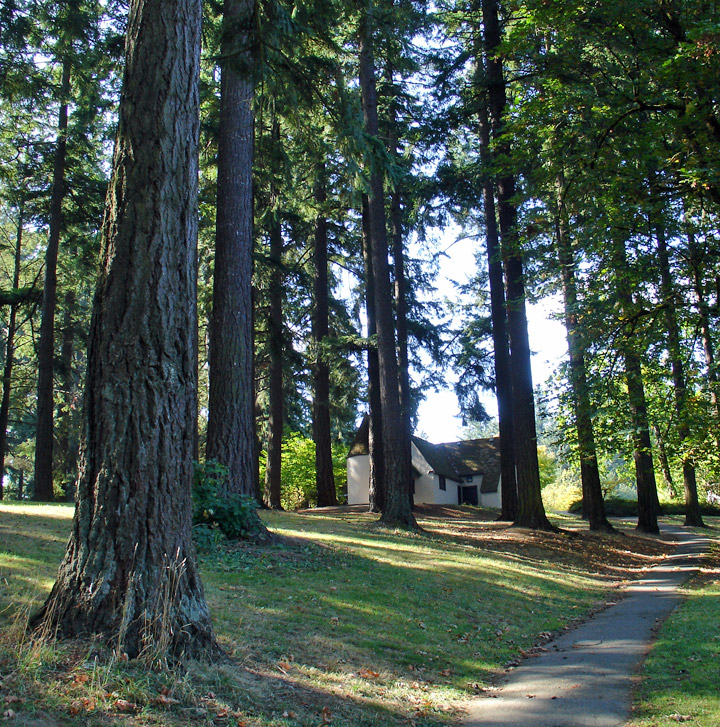
Mt Tabor
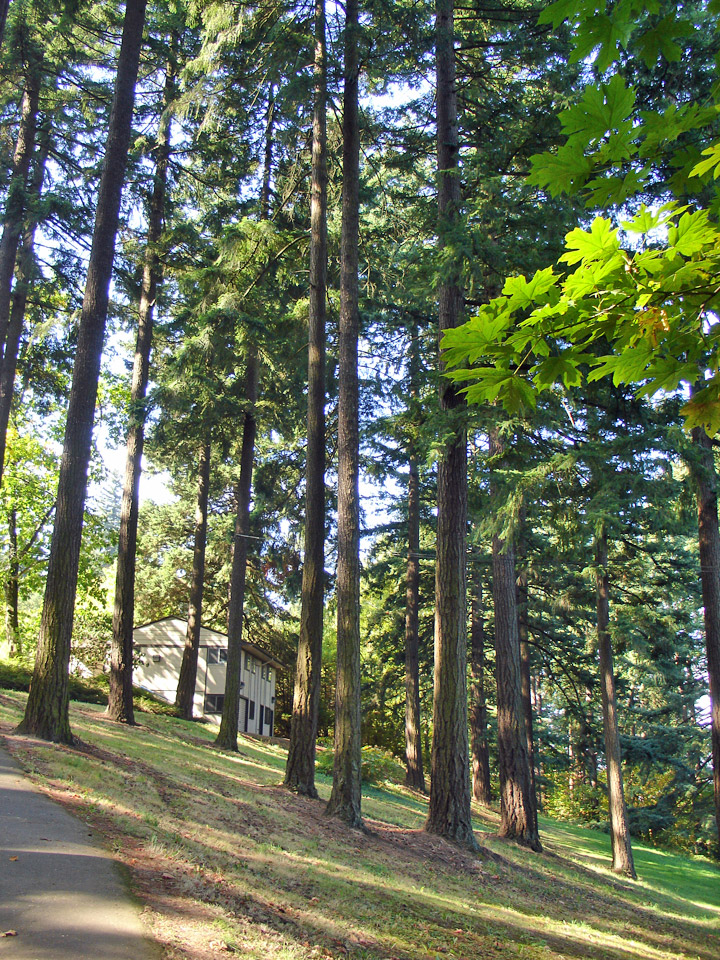
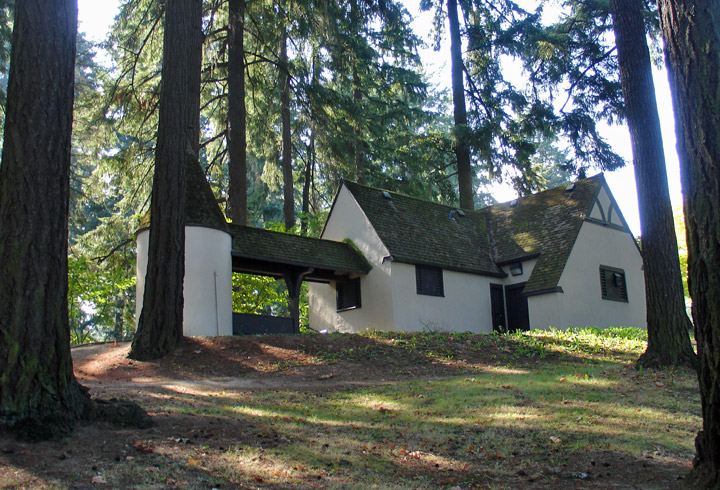
At the time of its incorporation on February 8, 1851 Portland had over 800
inhabitants, a steam sawmill, a log cabin hotel, and a newspaper, the Weekly
Oregonian. By 1879, the population had grown to 17,500. The city merged with
Albina and East Portland in 1891 and with Linnton and St. Johns in 1915.
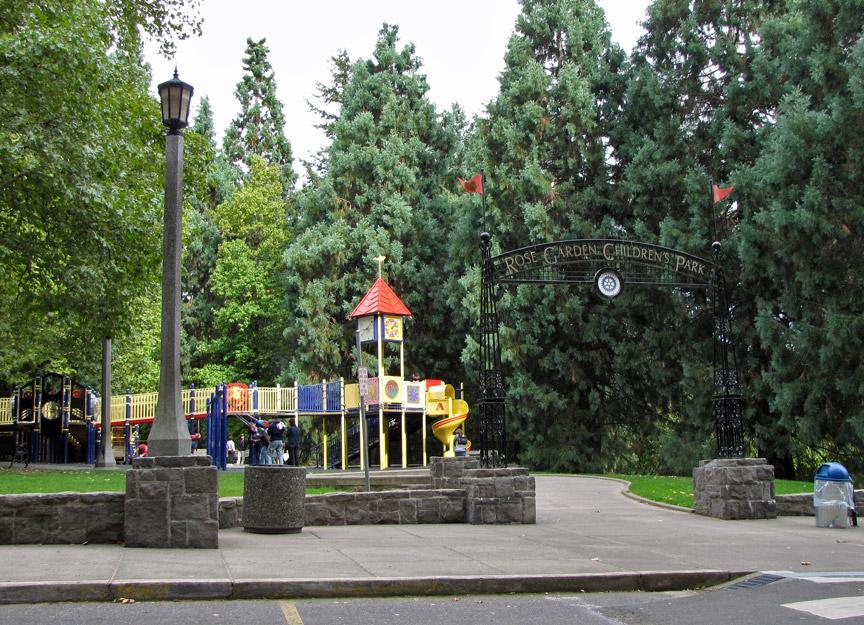
Rose Garden Children's Park
Portland's location, with access both to the Pacific Ocean via the Willamette and the Columbia rivers and to the agricultural Tualatin Valley via the "Great Plank Road" through a canyon in the West Hills (the route of current-day U.S. Route 26), gave it an advantage over nearby ports, and it grew quickly. It remained the major port in the Pacific Northwest for much of the 19th century, until the 1890s, when Seattle's deepwater harbor was connected to the rest of the mainland by rail, affording an inland route without the treacherous navigation of the Columbia River.
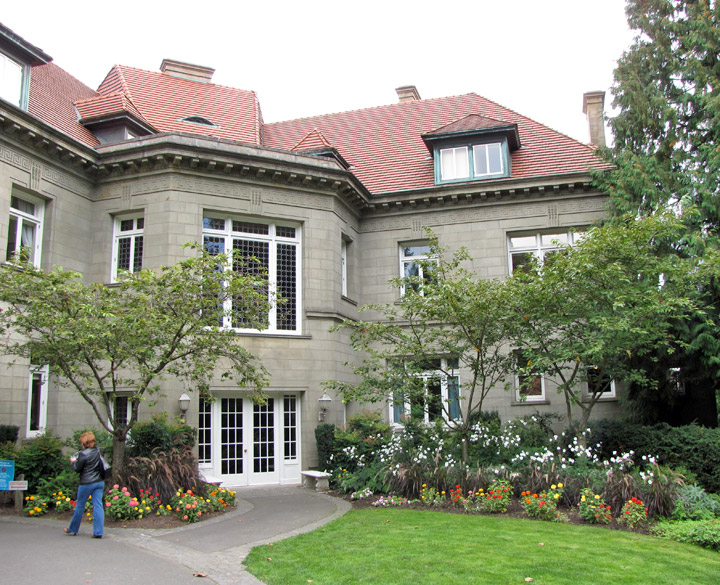
Pittock Mansion
More Photos of the Pittock Mansion
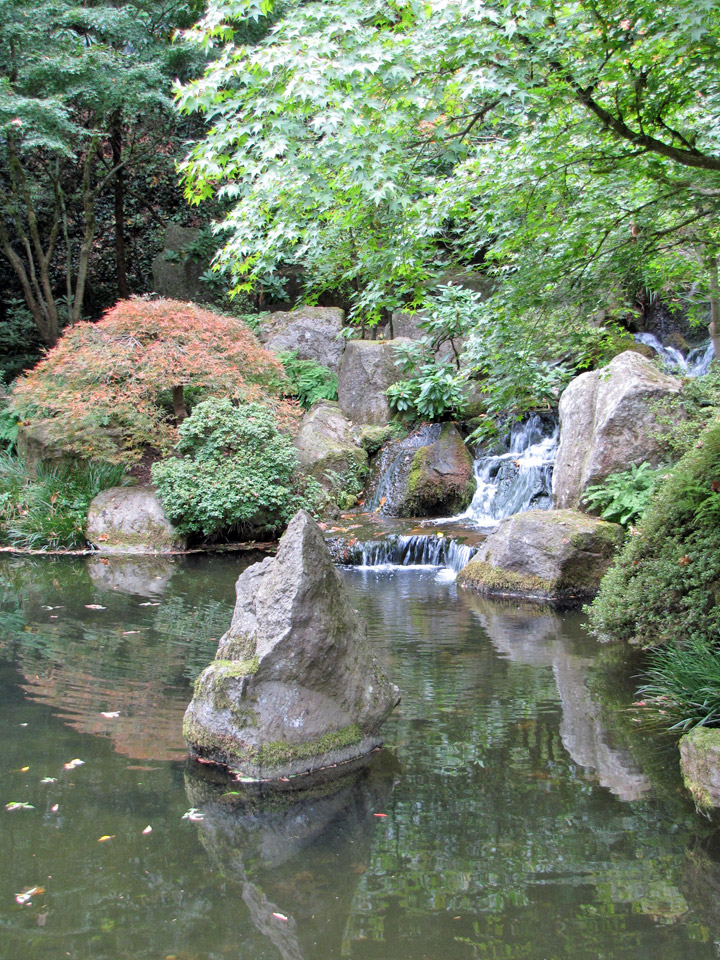
Portland Japanese Garden
More Photos of the Japanese Garden

abundance of water
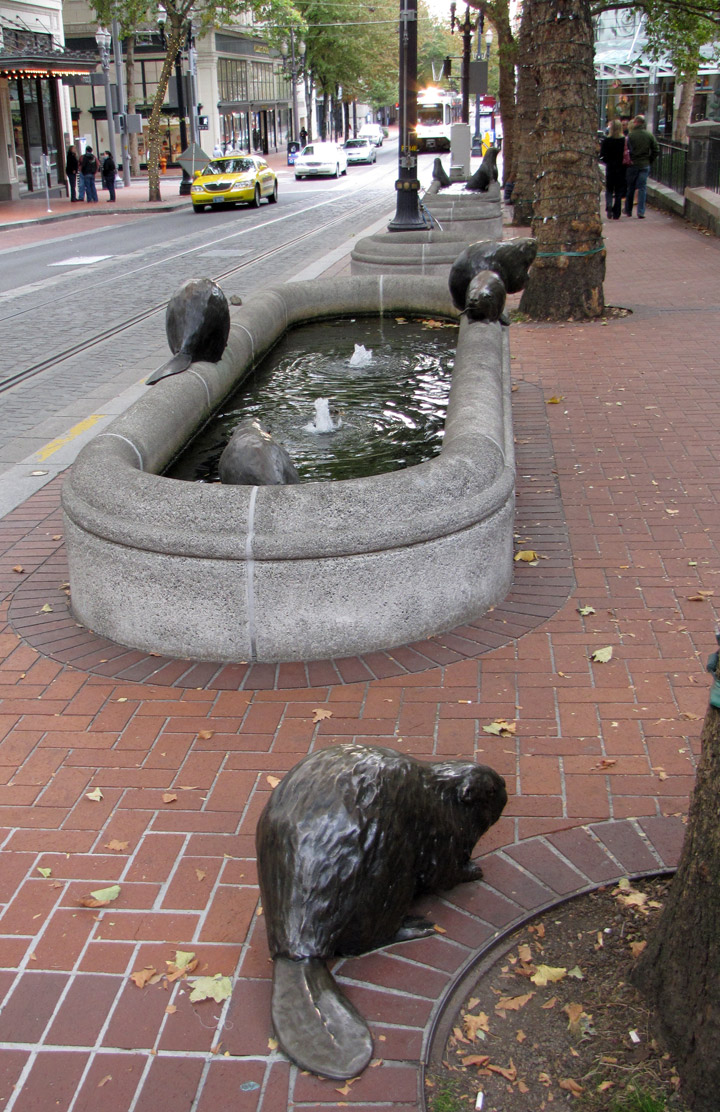
beavers
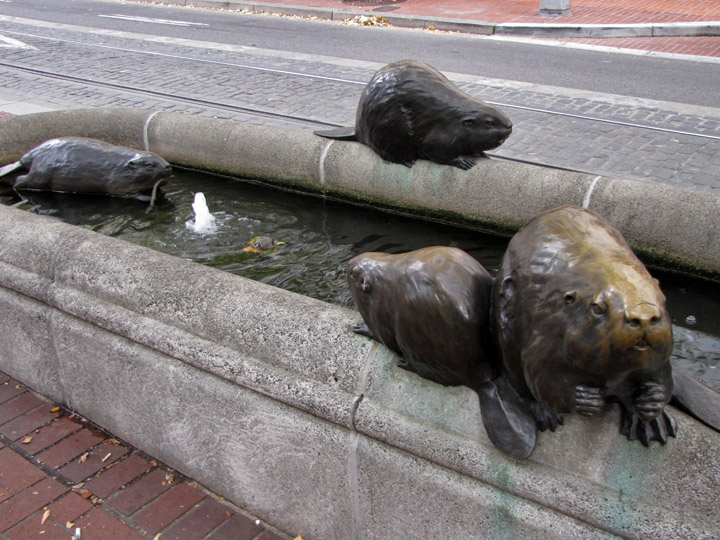
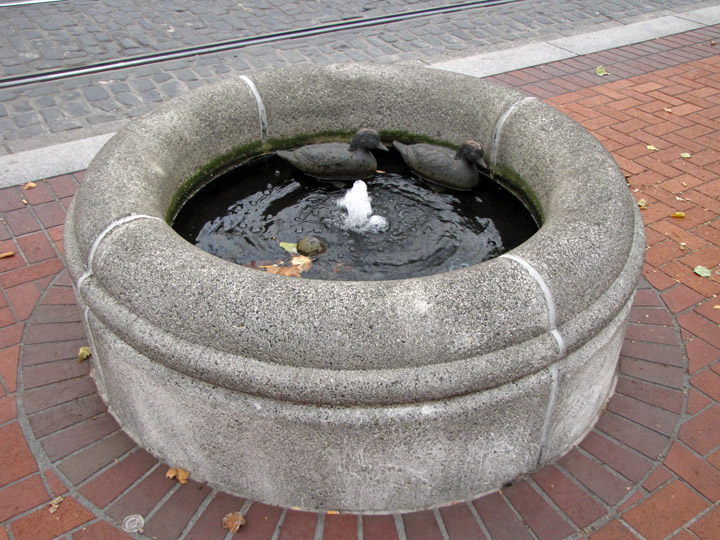
ducks
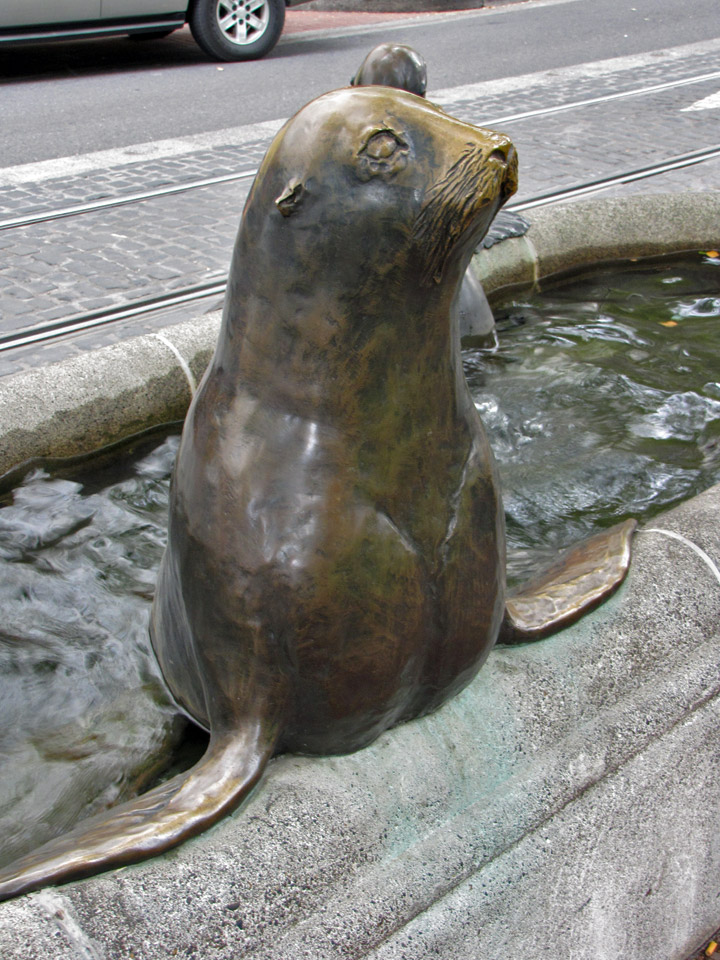
a lover of local crab cakes
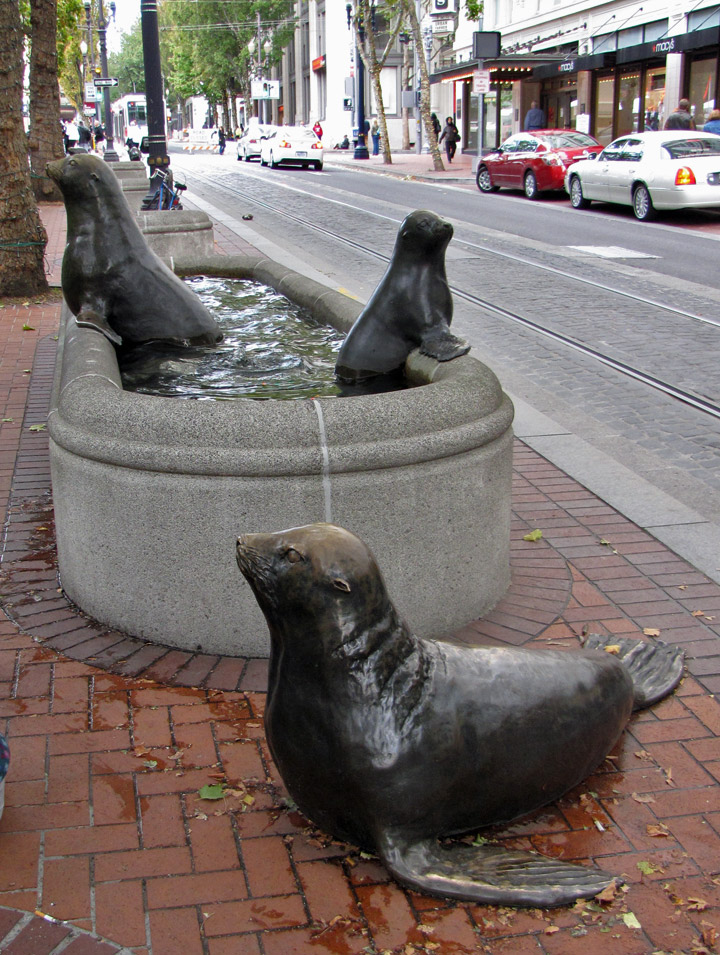
seals
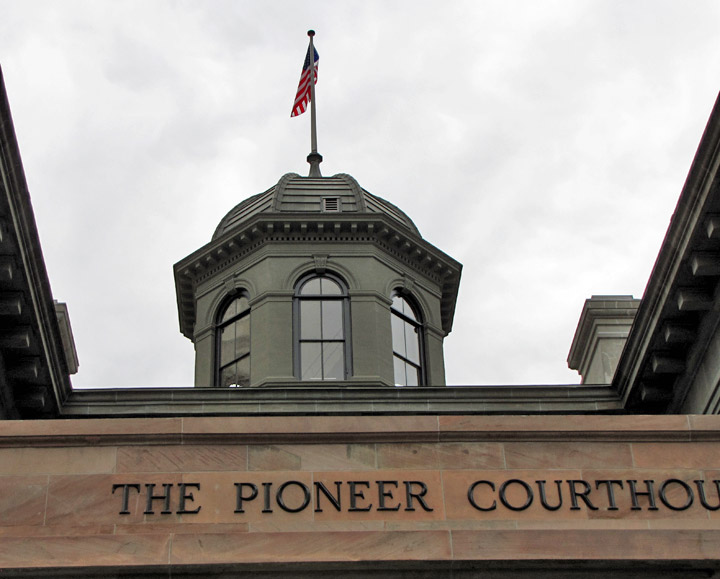

Pioneer Courthouse
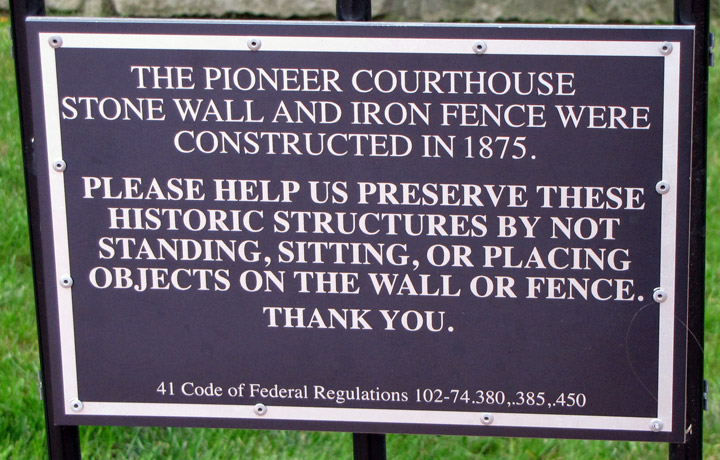
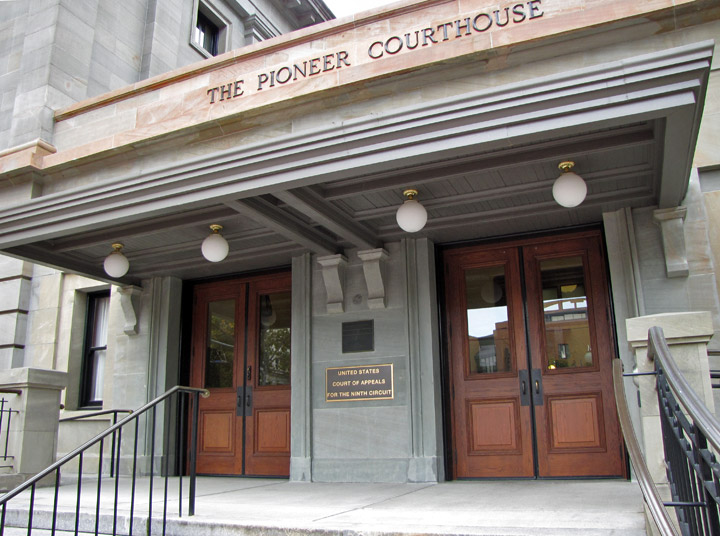
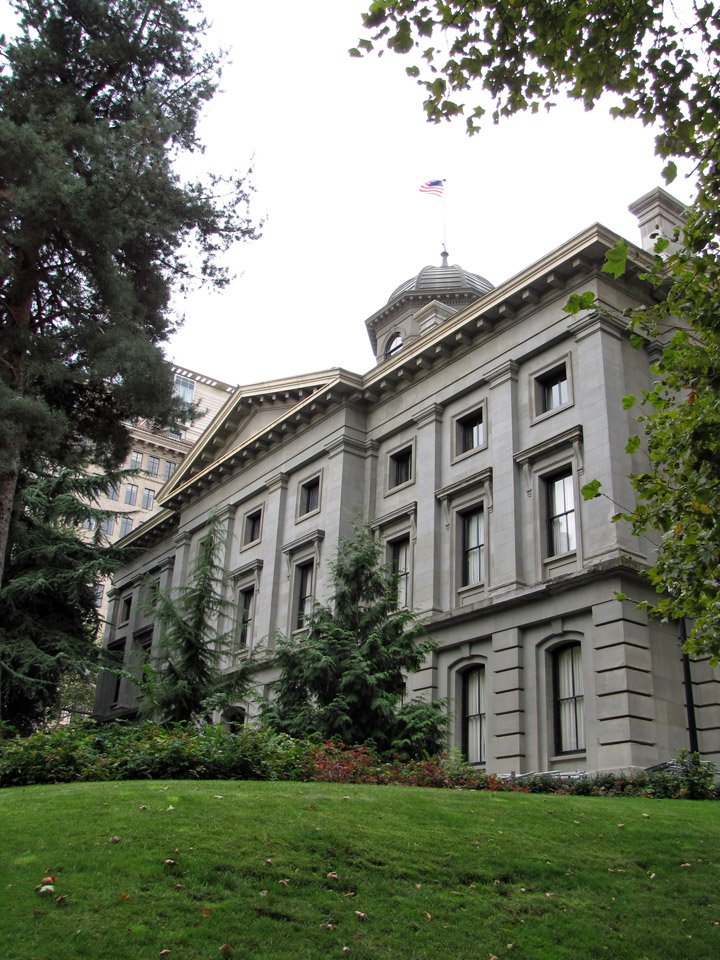
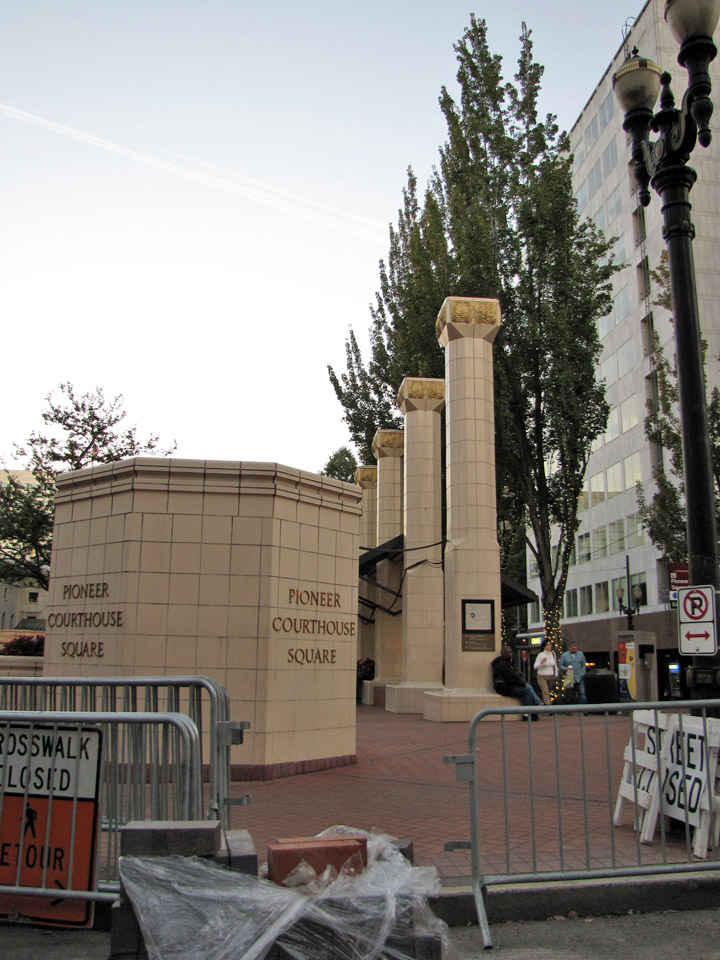
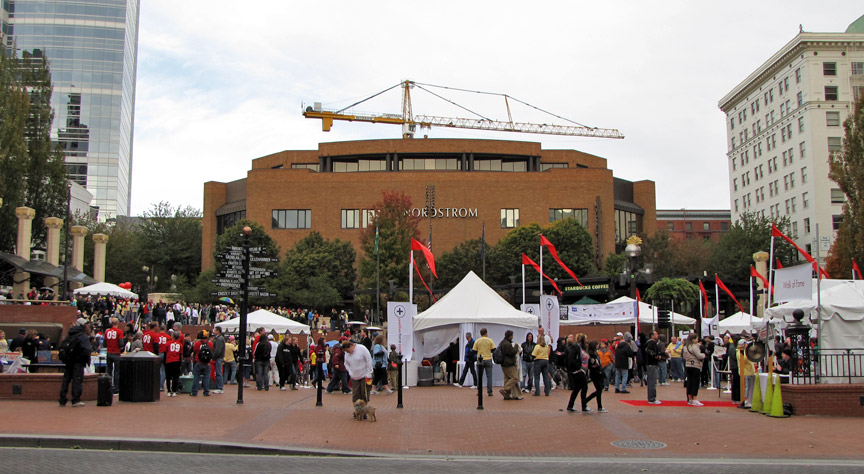
Sunday morning on Pioneer Courthouse Square
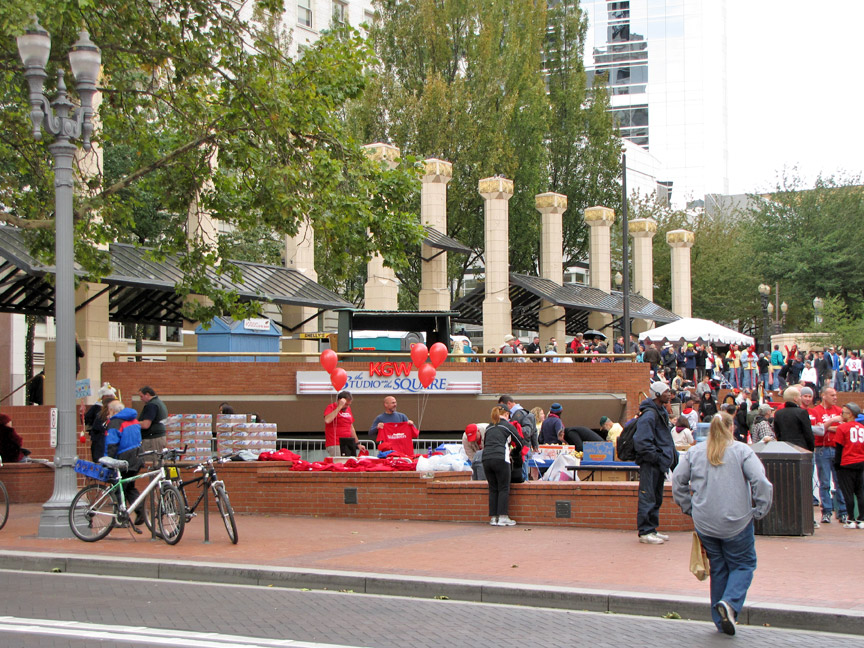
wear the T-shirt for the Walk
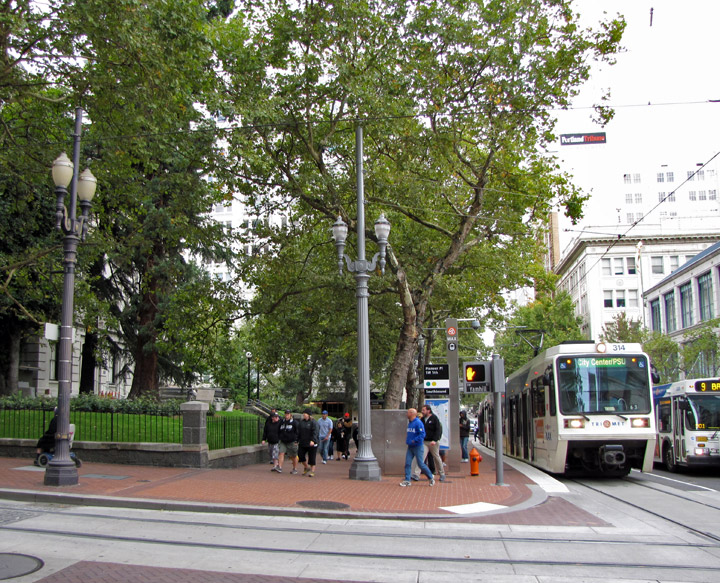
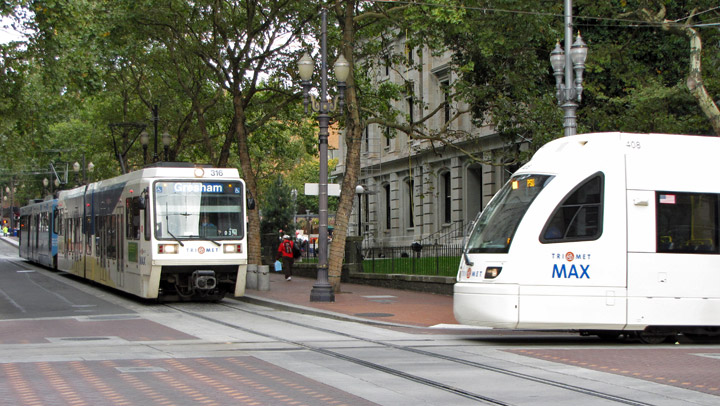
Portland transit
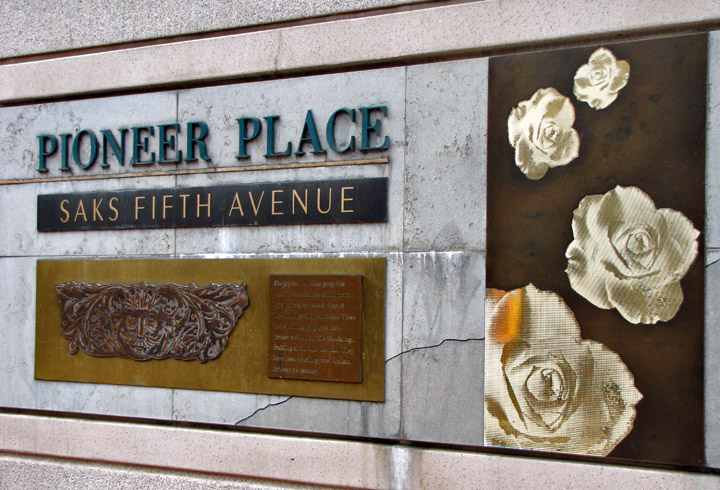
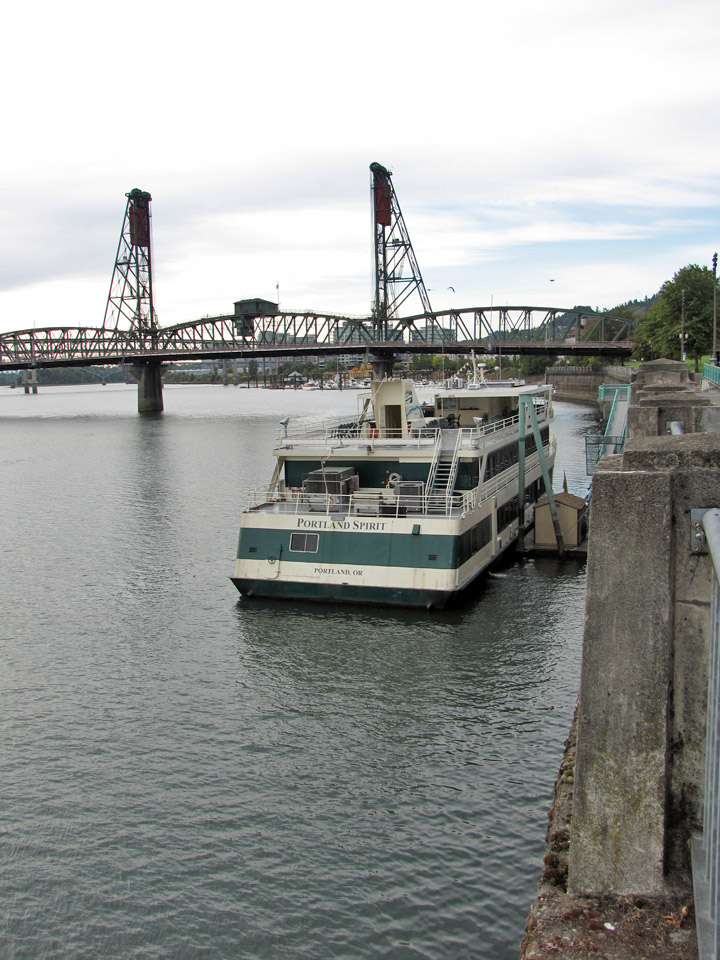
"Portland Spirit" for a river cruise
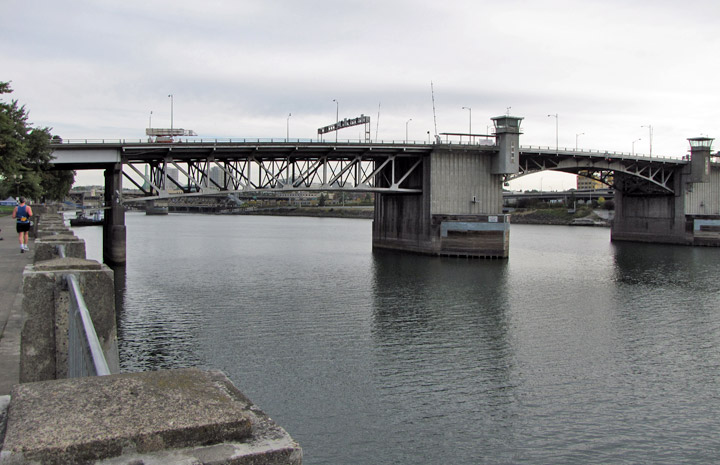
a city of bridges
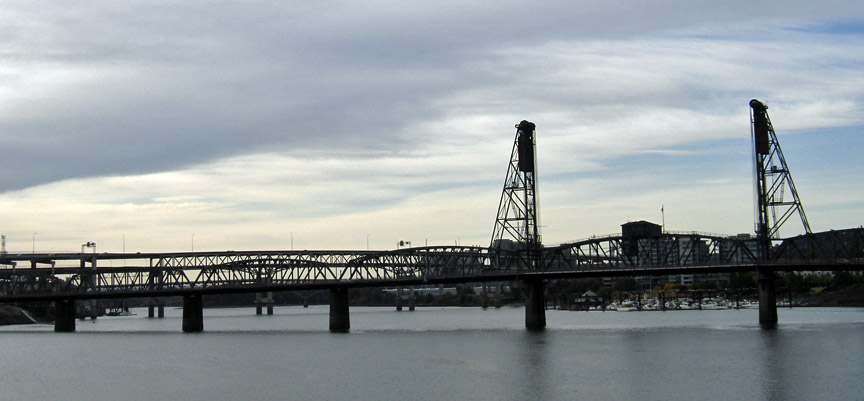
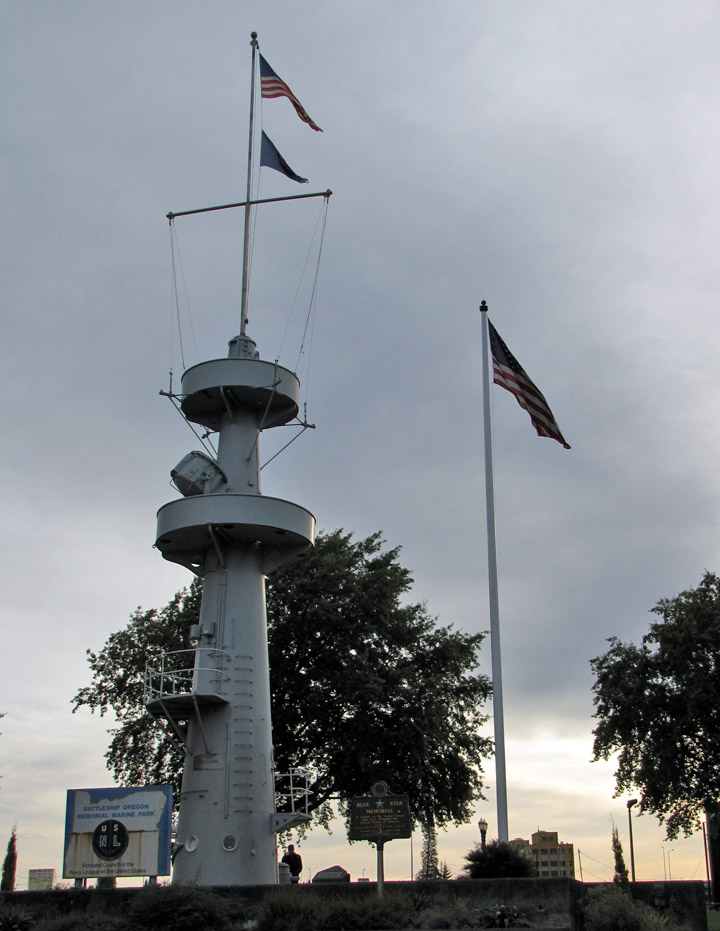

a city of natural beauty